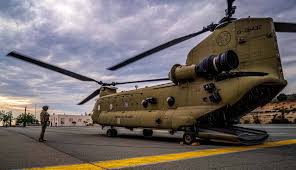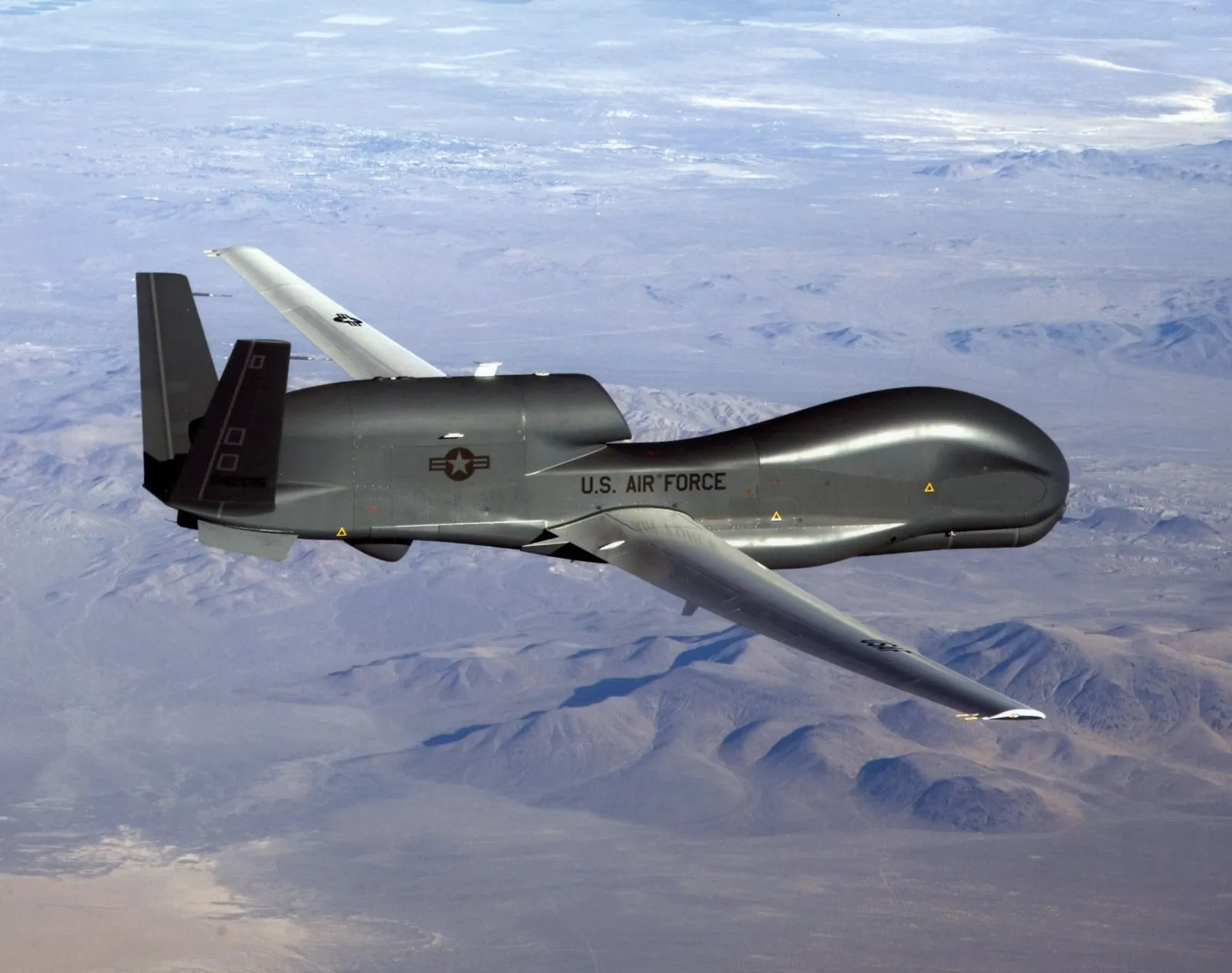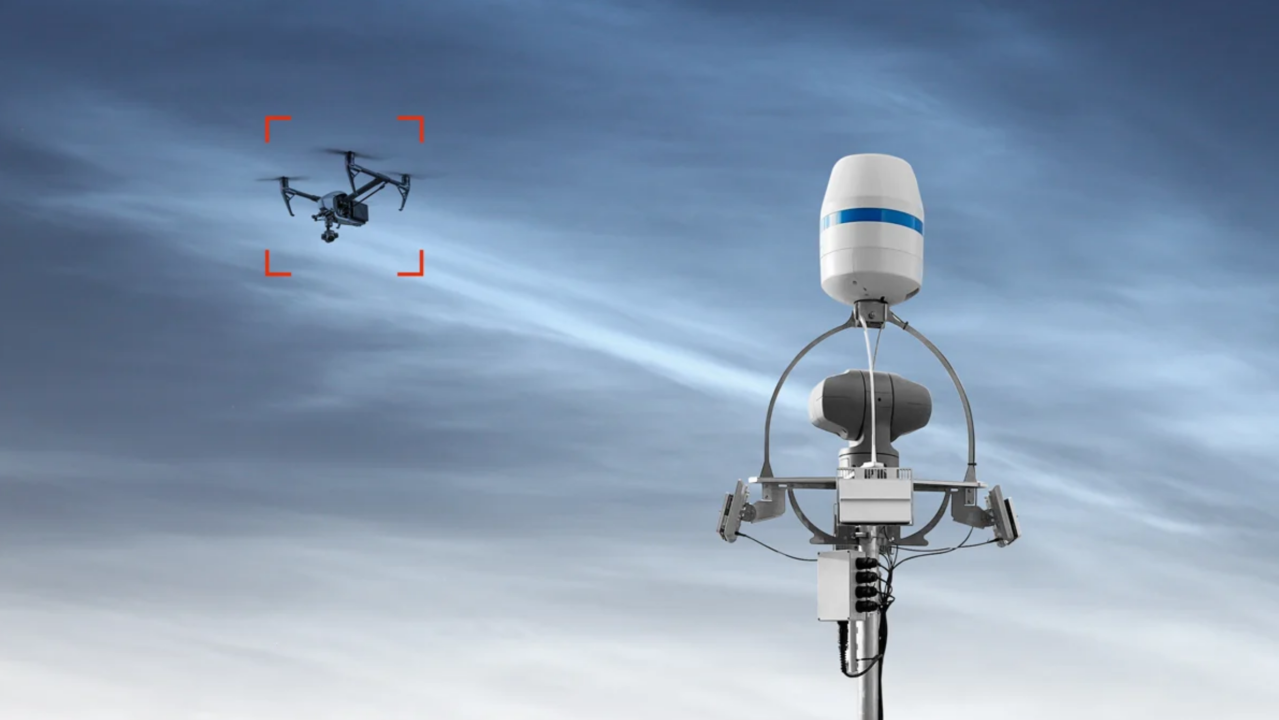Army Aviation's Chopping Block: Transformation in Progress
The US Army is undergoing a significant transformation of its aviation branch, a move driven by evolving battlefield demands and technological advancements. This isn't just about getting new toys; it's a fundamental re-evaluation of how Army aviation contributes to modern warfare, involving strategic cuts, capability rebalancing, and a forward-looking approach. It’s a complex and critical shift, with potential ramifications for national security.
Why the Big Shakeup?
The impetus for this transformation is multifaceted. The rise of peer and near-peer adversaries, the increasing sophistication of anti-aircraft weaponry, and the need for greater operational flexibility are all driving forces. Furthermore, the development and fielding of the Future Vertical Lift (FVL) program necessitates a phased approach, requiring older platforms to make way for next-generation technology.
One crucial element is the divestiture of older aircraft. As revealed in the FY24 budget proposal, the Army planned to shed hundreds of aircraft in the coming years. This includes divesting all OH-58D Kiowa Warriors, a significant move given their reconnaissance and light attack roles. This decision stems from the fact that maintaining older platforms is expensive and detracts from investment in future capabilities. As a high-ranking Army official stated, "We can no longer afford to maintain legacy systems that don't contribute significantly to our future warfighting needs."
The Stats Behind the Streamlining
The numbers tell a clear story: change is afoot. Initially, around 200 aircraft were planned for divestiture, but that number has been significantly increased in subsequent budget requests. This includes not only the OH-58D, but also older variants of the UH-60 Black Hawk and AH-64 Apache helicopters. The Army acknowledges this may cause short-term capability gaps, but argues these are necessary sacrifices to ensure long-term dominance. According to available data, the Army’s aviation modernization budget request has steadily increased over the last few years, reflecting the commitment to the FVL program and other advanced technologies.
Rebalancing Capabilities and Prioritizing Future Tech
The transformation isn't simply about cutting aircraft; it's about rebalancing capabilities. This involves investing in new technologies, enhancing existing platforms, and restructuring aviation units to be more agile and adaptable. A key focus is on the Future Vertical Lift (FVL) program, which aims to replace the Army's aging fleet of helicopters with advanced, multi-mission aircraft. This includes the Future Attack Reconnaissance Aircraft (FARA) and the Future Long-Range Assault Aircraft (FLRAA), designed to operate in contested environments and provide unparalleled battlefield awareness.
"We are focused on building a more lethal, survivable, and sustainable aviation force capable of operating in any environment," explained one Army aviation planner. The FVL aircraft are designed to be faster, more maneuverable, and have longer ranges than current platforms. They will also be equipped with advanced sensors and weapons systems, making them formidable assets on the modern battlefield.
Facts That Matter
Here are four important facts to note:
- The OH-58D Kiowa Warrior is being fully divested due to its age and limitations in modern combat environments.
- The Future Vertical Lift (FVL) program is the cornerstone of the Army's aviation modernization efforts.
- The divestiture of older aircraft is intended to free up resources for investment in FVL and other advanced technologies.
- The Army is restructuring aviation units to be more agile and adaptable to future threats.
Recent reports indicate that the Army is exploring innovative ways to mitigate the short-term capability gaps resulting from the divestiture. This includes leveraging unmanned aerial systems (UAS) to perform reconnaissance and surveillance missions previously handled by manned aircraft. As of a recent fiscal report, Army Aviation is expected to comprise of around 4,794 total aircraft.
The Road Ahead: A More Agile and Lethal Air Force
The Army Aviation Transformation Initiative is a bold and necessary step towards ensuring the US Army maintains its aerial dominance in the 21st century. While the divestiture of older aircraft may raise concerns, it is a strategic decision aimed at freeing up resources for investment in future capabilities. The success of this transformation hinges on the successful development and fielding of the Future Vertical Lift program and the ability to adapt aviation units to the changing demands of modern warfare.
Takeaway: The Army's aviation transformation reflects a commitment to modernization and adaptability in the face of evolving threats. It is a calculated risk, with the long-term goal of creating a more lethal and effective aviation force for the future.




